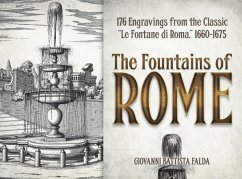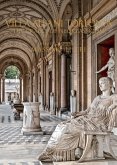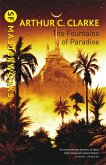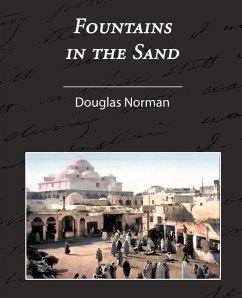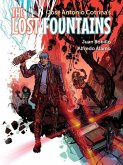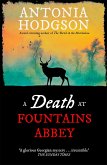Dating from the 1600s, these rare views of celebrated Roman fountains and gardens represent some of the finest and most accurate landscape drawings of the Italian Baroque period. The full-page engravings demonstrate expert handling of perspective in a wealth of settings that incorporate architecture, details of topography and garden design, and portraits of seventeenth-century Romans at leisure. Featured sites include St. Peter's Basilica within the Vatican, Piazza Barberini and the Piazza Farnese in the city's historical center, and the Villa Ludovisi, a peaceful suburban retreat long since razed to make way for the fashionable Via Veneto. This compilation is the only edition in print of these outstanding engravings. Architectural historians, aficionados of the Eternal City, and lovers of art and architecture will prize this historically valuable collection, which offers rare glimpses of many now-vanished and much-altered Roman locales. Dover (2014) republication of the edition originally published by Giacomo de Rossi, Rome, c. 1691. See every Dover book in print at www.doverpublications.com
Hinweis: Dieser Artikel kann nur an eine deutsche Lieferadresse ausgeliefert werden.
Hinweis: Dieser Artikel kann nur an eine deutsche Lieferadresse ausgeliefert werden.

